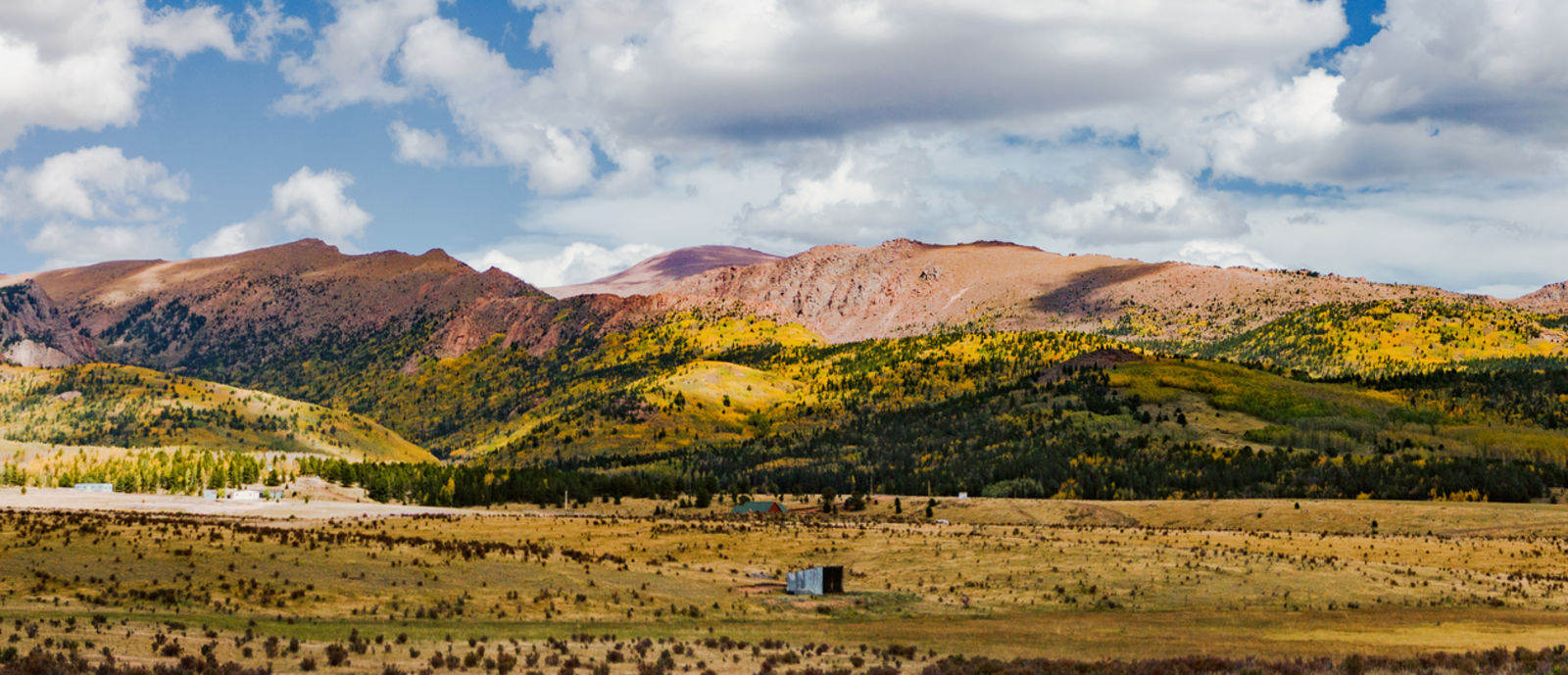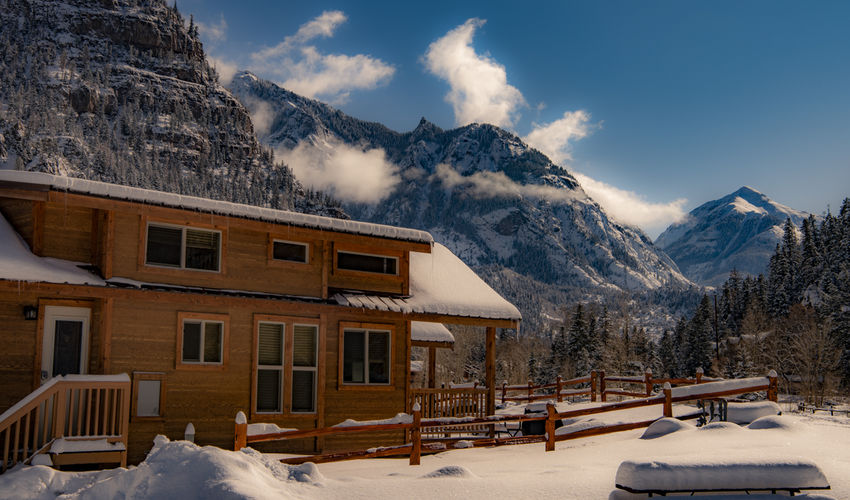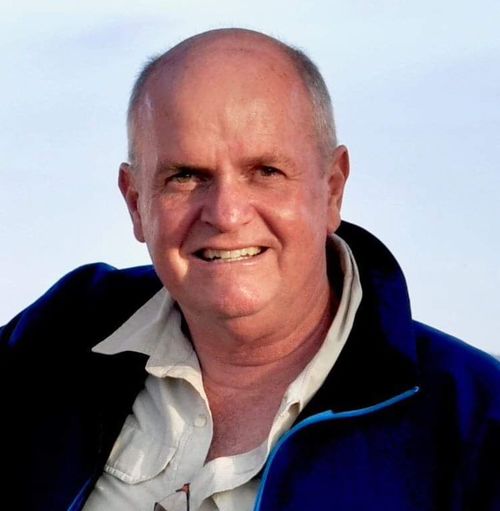Colorado is famous for its 14,000-foot peaks, blue skies and glistening rivers, but the Rocky Mountain State is also a worthwhile destination for history buffs, offering everything from Native American archeological sites to gold and silver mining towns to some of the most spectacular historic railroad rides in North America.

Travel Guides
Historical Sites in Colorado
Colorado is a state full of natural and man-made wonders. Here are some of Colorado's historic sites and nearby places to stay as a basecamp.
Top attractions include the Durango and Silverton Narrow Gauge Railroad, which provides breathtaking day trips between Durango and the historic mining town of Silverton, while Royal Gorge Route Railroad takes visitors through 1,000-foot-deep Royal Gorge, which is also known as the Grand Canyon of the Arkansas River.
“Colorado’s history is varied, from quaint, old settlers’ towns, many created for the miners, to the ancient remains of the Puebloan people,” said Mary Arlington, executive director of the Colorado Campground & Lodging Owners Association, which hosts CampColorado.com, a statewide travel planning resource for camping enthusiasts. “The mountains are majestic,” she said, “but what’s in them is equally incredible.”
Here’s a sampling of scenic Colorado destinations with interesting history and links to local campgrounds to help kickstart your trip planning:
Leadville
In addition to being the highest incorporated city in the United States, at 10,152 feet, Leadville has so much authentic Victorian architecture that 70 square blocks of the town were declared a National Historic Landmark in 1966. Attractions include Healy House, the Heritage Museum, the Delaware Hotel, Tabor Home, and the Matchless Mine, one of the richest silver mines of the late 1800s. Campgrounds include Sugar Loafin’ RV Campground and Cabins.
St. Elmo
Founded in 1880, St. Elmo flourished as a silver and gold mining town for less than a decade, but it’s believed to be one of the best-preserved ghost towns of the Old West. Visitors can stroll the intact wooden sidewalks to view St. Elmo’s original general store, which is still in operation today as well as roughly 40 other historic structures, including Pat Hurley’s Saloon and The Miner’s Exchange, both built in 1892. Buena Vista area campgrounds include Arrowhead Point Campground & Cabins and Chalk Creek Campground and RV Park in Nathrop.
Cripple Creek and Victor
Cripple Creek and neighboring Victor, the sites of Colorado’s last and greatest mining boom, were vibrant gold mining camps in the 1890s and early 1900s that left behind numerous historic buildings and mining structures, many of which can be seen on local ghost walk and history tours as well as self-guided walking, biking and hiking trails listed on the Trails of Gold website. Local attractions include the Cripple Creek Historical Museum, the Outlaws and Lawmen Jail Museum, and the historic Butte Theatre, which is one only a handful of theaters in the country that still offers live melodramas. Other attractions include the Cripple Creek & Victor Narrow Gauge Railroad. Nearby campgrounds include the Cripple Creek KOA Holiday, the highest KOA campground in the world with an elevation of 10,000 feet.

Breckenridge
Initially settled in 1859, Breckenridge is widely known as a picturesque ski town. But like other Colorado mining towns, it is a National Historic Landmark with numerous historic buildings and attractions, including Barney Ford Museum, Edwin Carter Museum, the Breckenridge Sawmill Museum, Briggle House and Alice Milne House. Guided tours are available for many local historical sites. Nearby campgrounds include Tiger Run Resort.
Marble
RVers who take County Road 3 east from State Route 133 can visit the tiny historic town of Marble, whose beautiful marble was used in the Lincoln Memorial as well as the Tomb of the Unknown Soldier in Washington, D.C. Marble is also where you’ll find the famous Crystal Mill and the Yule Marble Quarry. Area campgrounds include Marble Campground.
Ouray
Incorporated in 1872, Ouray was named after the Ute Indian Chief who worked to peacefully resolve conflicts involving white prospectors and Ute Indians in Colorado in the 1800s. Historic reminders of Ouray’s mining heydays include the Beaumont Hotel, Wright’s Opera House, and the St. Elmo Hotel. But while Ouray was initially a supply center for gold and silver mines, as Colorado’s mining industry declined Ouray found new economic life with the construction of the Million Dollar Highway, otherwise known as U.S. 550, which connects Durango with Ouray in what many describe as one of the most beautiful drives in North America. A National Historic District with 19th century mining homes and Victorian structures, Ouray now promotes itself as the “Switzerland of America.” Local campgrounds include Ouray Riverside Resort and 4J RV Park and Campground.

Silverton
Silverton is another historic gold and silver mining town, located at 9,300 feet in the heart of Colorado’s San Juan Mountains. Silverton was established in 1874, but the town’s boom years began in 1882 with the arrival of the Denver & Rio Grande Railway, whose tracks are now used by the coal-fired, steam-powered locomotives of the Durango and Silverton Narrow Gauge Railway, which provides scenic day trips between Durango and Silverton. Silverton has many Victorian style homes that complement its historic downtown area. Local attractions include the Mining Heritage Center, a jail dating to 1902, the Silverton Standard and Miner newspaper, and tours of the Mayflower Gold Mill and the Old Hundred Gold Mine. Local campgrounds include Silverton Lakes RV Resort in Silverton.
Telluride
Widely considered to be one of North America’s most beautiful towns, with its Victorian style buildings and picturesque mountain scenery, Telluride is also the place where Robert Leroy Parker, aka “Butch Cassidy,” began his career as a bank and train robber. On June 24, 1889, Parker and his accomplice, Matt Warner, robbed the San Miguel Valley Bank of nearly $21,000, or roughly half a million dollars in today’s money. The funds were never recovered. The bank later burned down but was rebuilt to look like the original San Miguel Valley Bank. The building, now known as the Mahr Building, is at 129/131 W. Colorado Avenue. Other attractions include the Old Town Jail, the Rio Grande Southern Railway Depot, and the Telluride Historical Museum. A national historic landmark, the museum is housed inside what used to be Hall’s Hospital, one of Telluride’s oldest buildings, constructed in 1896. Nearby campgrounds include Telluride Park Campground.
Durango
No RV trip to explore Colorado’s history would be complete without seeing Durango, which is the home base for the Durango Silverton Narrow Gauge Railroad. A National Engineering Landmark, the train used to be part of the Denver & Rio Grande Railway. Today, visitors can take day trips on the coal-fired, steam-powered train to the gold and silver mining town of Silverton. These day trips depart in the morning and provide about two hours for lunch and shopping in Silverton before returning to Durango in the afternoon. Durango itself has several historic buildings, including the Strater Hotel. Ghost walk tours are also available. Campgrounds include Westerly RV Park.

Dolores
While Dolores doesn’t have historic architecture of other Colorado mining towns, it is a great base camp for visiting Mesa Verde National Park. Dolores is also home to The Canyons of the Ancients Visitor Center and Museum, which features exhibits of Ancestral Puebloan or Anasazi and other Native cultures of the Four Corners region as well as two 12th-century archaeological sites. The museum is a worthwhile stop before visiting
Canyons of the Ancients National Monument, which boasts the highest concentration of Native American archaeological sites in the U.S. The park has more than 6,300 of them, including cliff dwellings, kivas, petroglyphs, and sacred springs. Area campgrounds include Dolores River RV Resort and The Views RV Park and Campground.

There are many more awesome historic locations to visit in Colorado and an equal amount of great campsites to stay at. For more info on visiting Colorado, visit https://www.colorado.com.







